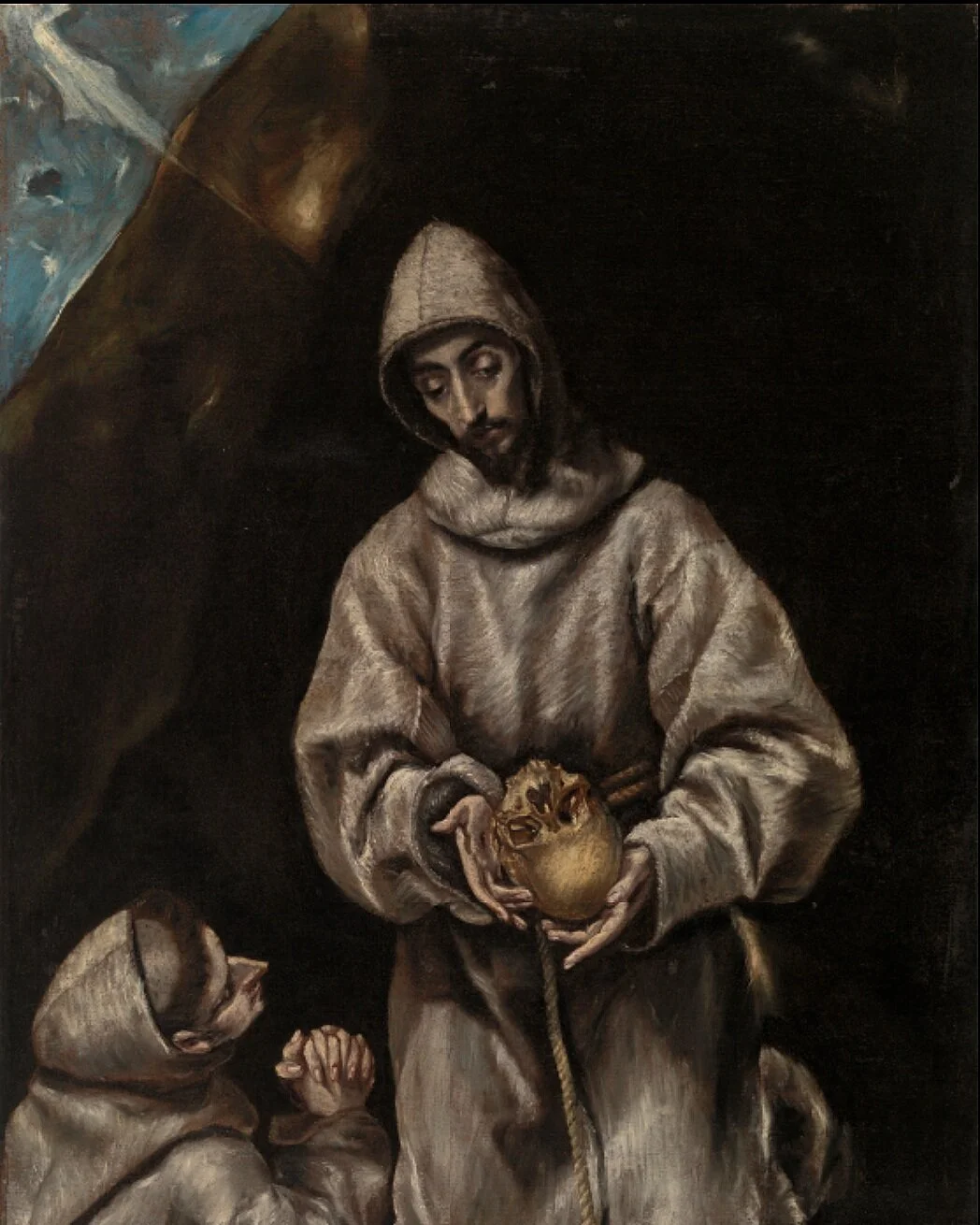Rx 19 / Anabiosis
The nest is a caressing form. I like the sphere of feeling and I think it is very important for us now…this sphere feeling which we are losing every day… Everyone in their lives searches for the sphere that’s lost when they are born.
-olga chernysheva
Fisherman-Plants from Olga Chernysheva’s (b. 1962) Anabiosis series tells a story of care. Anabiosis derives from the Greek anabioein, meaning “a temporary state of suspended animation.” At first blush, these monochromatic photographs offer a visceral, embodied interpretation of Moscow’s atmosphere and weather, and evoke an existential loneliness and alienation. Solitary plants appear to subsist in frigid, barren conditions near the Red Square in Moscow, Russia. To the astute viewer, the eerie human-like forms of the wrapped plants are reminiscent of solitary fishermen in this region, cloaked in fabrics and plastics to weather the extreme elements. And yet, swathed in hessian, the plants also resemble newborn infants or young children, bound in an intentional act of ecological care. Perhaps this is not a portrayal of desperation, but rather an effort at conservation and rest, which in time may give way to renewal.
Olga Chernysheva. From the series "Anabiosis. Fisherman - plants", 2000. Analog printing, barite, 105x70cm. Courtesy of the artist.
One of the last generation of artists to come of age in the Soviet Union, Chernysheva gained prominence as a contemporary artist exploring the aftermath of communism. Her oeuvre is situated amidst a shifting geopolitical landscape in the broader region, where individuals once held together by the state suddenly found themselves unprotected by any social apparatus and left behind by the promises of democracy itself. Responding to this climate of disillusionment, Chernysheva’s works demonstrate an affinity for the mundane and articulate several universal ambiguities: the penetrating coldness, the need for protection, the loss of simple pleasures. Here, haunting “images of dreams, death, peace” speak to adaptation in an era of disruption and disappointment, in which the instinct to turn inwards becomes a way to anticipate and hope for an eventual thaw. Fisherman-Plants embodies at once self-preservation and recovery—a mise-en-scène of dormancy during the winters of life.
reflections…
In what ways has the COVID-19 pandemic been marked by a sense of “anabiosis,” or stasis, in which our lives feel as if they are on hold? How have first responders—clinicians, but also service workers in all sectors—been excluded from this “anabiosis” as they are continually exposed to various risks, mental health and financial strains? How has COVID-19 exacerbated and revealed anew the divide between those who have the privilege to lead suspended lives, and those who do not?
During a recent Association of American Medical Colleges virtual plenary, journalist Ann Curry remarked on the similarities between medicine and journalism: “[Our work] often involves witnessing human suffering in forgotten places.” In response, Javeed Sukhera, MD, PhD tweeted: “How do we endure what we witness? How do we heal and reinforce the cracks that open up in us? And rise to face the challenge . . . again, and again, and again?” He continued: “Creating space for healing is necessary—carrying the emotional burden of others’ trauma and doing the emotional work of our own healing.”
The subjects of Chernysheva’s work are forced to adapt to a space that does not accommodate them. Similarly, the COVID-19 pandemic is a pivotal moment that requires constant adaptation to an evolving narrative and ever-changing conditions. How does the ability or inability to do so become a defining characteristic of our personal and professional identities? In what ways has the current moment exposed deficiencies in the so-called hidden curriculum that have socialized us to eschew compassion and self-care for ourselves and by extension, others? How can physicians, like Chernysheva’s exposed fisherman-plants, learn to endure and self-preserve as a form of self-care and recognize that the struggle to adapt is an inherent challenge? How can we nurture our own healing when basic needs such as personal safety in the workplace feel compromised?
SOURces
Abensour, Dominique. “Olga Chernysheva.” De Moscou, 2002, pp. 62–64.
Chernysheva, Olga. Anabiosis: Fishermen Plants. Moscow, 2000.
Ksenia Nouril. “A Conversation with Olga Chernysheva.” ARTMargins, 21 May 2017, artmargins.com/a-conversation-with-olga-chernysheva/.
Olga Chernysheva: Biography. 2019, olgachernysheva.ru/biography.
Chernysheva, Olga. “Anabiosis: Fishermen Plants,” V&A, collections.vam.ac.uk/item/O101682/anabiosis-fishermen-plants-photograph-chernysheva-olga/.
“Straying: Surviving On the Margins.” Slought, slought.org/resources/straying_surviving_on_the_margins.
“Olga Chernysheva's Spheres of Influence.” Art, Phaidon, 26 Nov. 2014, www.phaidon.com/agenda/art/articles/2014/november/26/olga-chernyshevas-spheres-of-influence/.












